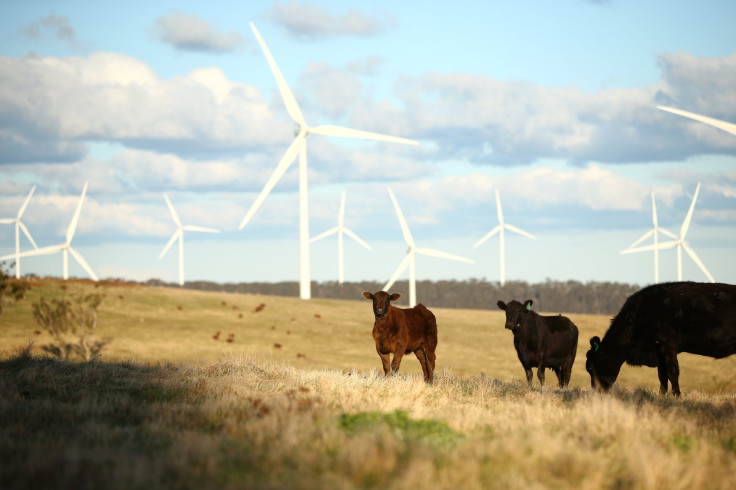El Nino Batters Pacific Rim Agriculture From Australia To Vietnam, As Economists Debate Price Fallout

While the climate phenomenon called El Niño has brought near-ideal growing conditions for many farmers throughout North America and South America in 2015, it has wreaked havoc on the agriculture of other countries around the Pacific Rim. From dry cattle pastures in Australia to struggling coffee farms in Vietnam, El Niño has struck several nations in the Asia-Pacific region hard this year, the Wall Street Journal reported.
The world has been experiencing the effects of the most impactful El Niño since the 1990s, meteorologists said. El Niño is associated with an increase in ocean temperatures, which can lead to droughts in some areas and floods in others. Such changes in weather can have major consequences for agriculture either way.
The effects of the current El Niño on farming have varied worldwide. Wet conditions in South America have helped crops such as soybeans, while dry conditions throughout Asia have pushed farmers to find frequently costly alternatives to their usual practices.
El Niño isn't a drought buster -- it's a missed opportunity https://t.co/XbWrVB2co3 via @latimesopinion pic.twitter.com/gSW7YxqwRn
— Los Angeles Times (@latimes) December 26, 2015People in the Asia-Pacific region were not caught completely unprepared for the hot and dry weather conditions, however. Since the arrival of the last severe El Niño, Australian ranchers have been introducing a breed of U.S. cattle that is more adaptable to hot and dry conditions, and Vietnamese farmers have been installing irrigation systems to ensure access to clean water.
“Thanks to the good irrigation systems that have been developed over the last 20 years and the fairly good management of the irrigation, farmers have been able to manage through the recent dry conditions,” Cuong Hung Pham, who oversees irrigation projects for the World Bank, told the Wall Street Journal.
With farmers often having to spend more on irrigation and the like because of El Niño, however, their cost of doing business has climbed. As a result, food prices in Australia and Southeast Asia also have risen, but economists indicated they do not anticipate drastic spikes.
El Nino fattens glut in oil and gas supply: https://t.co/9nQYRrCRuj pic.twitter.com/6rR5W14br3
— Reuters Business (@ReutersBiz) December 21, 2015Some economists contended the effects of El Niño would not be the same everywhere but that these impacts would result in spurring economic growth on a net basis. “Our focus on El Niño weather events is motivated by growing concerns about their effects, not only on the global climate system, but also on commodity prices and the macroeconomy of different countries,” Paul Cashin, Kamiar Mohaddes and Mehdi Raissi wrote in a paper published by the International Monetary Fund in October.
The authors noted higher growth and inflation are frequently effects of such extreme weather events. “The economic consequences of El Niño shocks are large, statistically significant and highly heterogeneous across different regions,” they also pointed out.
Other experts were not as optimistic. Ancha Srinivasan, principal climate-change specialist at the Asian Development Bank, told CNBC the overall effect of the current El Niño would stretch far beyond immediate agricultural developments, with broader implications for the global food chain. For example, warmer ocean temperatures negatively affect the fishing industry, which in turn negatively affects the poultry industry because fish constitute a significant food source for chickens.
Accordingly, Srinivasan said, “The impact is likely to be high, affecting energy, food and water in many parts of Asia.”
© Copyright IBTimes 2024. All rights reserved.






















